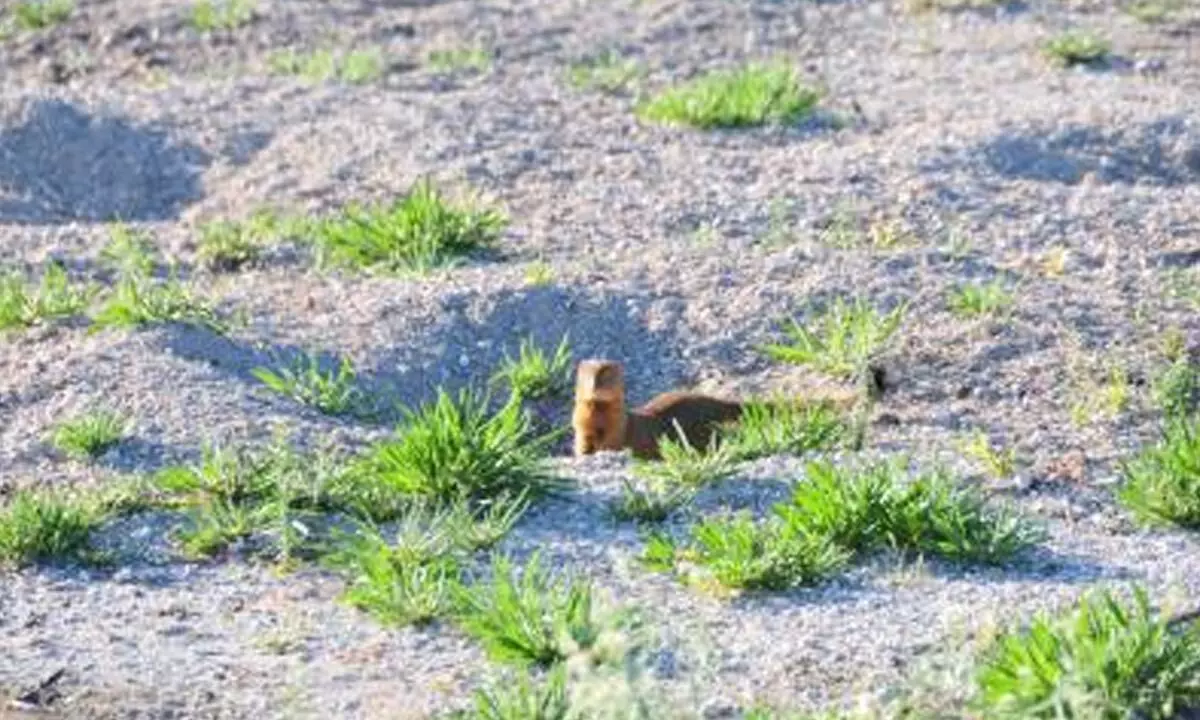Mongooses eradicated on Japan's world heritage island
Share :

Japan's Environment Ministry on Tuesday declared that non-native mongooses have been eradicated from Amami-Oshima Island, a UNESCO World Natural Heritage site in southwestern Kagoshima Prefecture.
Tokyo: Japan's Environment Ministry on Tuesday declared that non-native mongooses have been eradicated from Amami-Oshima Island, a UNESCO World Natural Heritage site in southwestern Kagoshima Prefecture.
The declaration, decades after efforts to eliminate the invasive species that prey on native animals and damage the island's ecosystem, was based on judgment by a group of experts on scientific grounds, taking into account that the last time a mongoose was caught was in April 2018.
According to the ministry, the eradication of an invasive species on such a large island, measuring about 712 square kilometers, is considered unusual, Xinhua news agency reported.
Around 30 small Indian mongooses, which mainly live in South Asia, were first introduced to Amami-Oshima Island in 1979 with the aim of getting rid of poisonous habu snakes and rats on the island. But the release had minimal effect as the mongooses, which are active during the day, rarely came into contact with the nocturnal snakes.
The number of mongooses on the island surged to around 10,000 by 2000, causing damage to crops and native fauna.
The Japanese government began the full-scale extermination of mongooses in 2000 and designated them an invasive species in 2005. A specialized group formed to eradicate the mammals installed up to 30,000 traps on the island, and introduced the country's first mongoose-sniffer dog in 2007.













